Use a graph of f(x) to determine the value of f(n), where n is a specific xvalueTable of Contents0000 Finding the value of f(2) from a graph of f(x)002Select a few x x values, and plug them into the equation to find the corresponding y y values The x x values should be selected around the vertex Tap for more steps Replace the variable x x with 0 0 in the expression f ( 0) = ( 0) 2 − 2 ⋅ 0 − 2 f ( 0) = ( 0) 2 2 ⋅ 0 2 Simplify the resultGraph of z = f(x,y) New Resources Quiz Graphing Exponential Functions (Transformations Included)
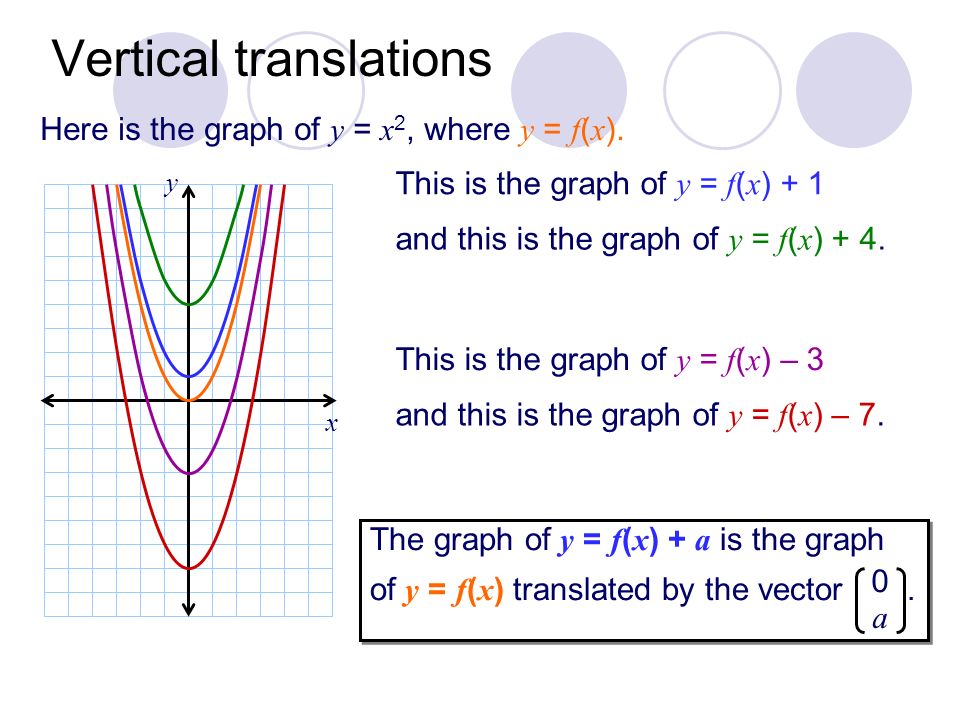
Transforming Graphs Of Functions Ppt Download
Graph the function y=f(x)=x^2
Graph the function y=f(x)=x^2-Is a point on the graph of f(1 2x) f ( 1 2 x) as shown in the table and graph above In general we have Horizontal Stretches, Compressions, and Reflections Compared with the graph of y = f(x), y = f ( x), the graph of y =f(a⋅x), y = f ( a ⋅ x), where a ≠ 0, a ≠ 0, is compressed horizontally by a factor of a a if a > 1, aGet the free "Surface plot of f(x, y)" widget for your website, blog, Wordpress, Blogger, or iGoogle Find more Engineering widgets in WolframAlpha
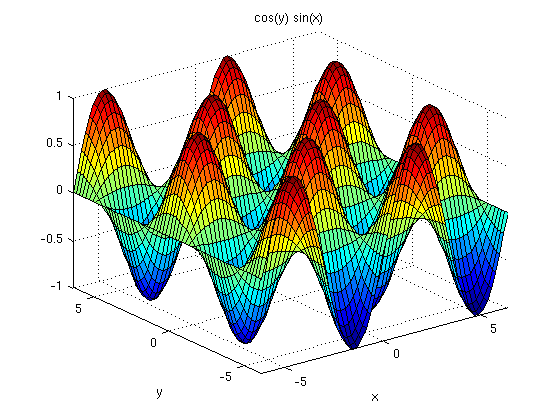



Graphs Of A Function Of 2 Variables Simple Cases
A B O c X y х X 1 Match the Question Sketch the graph of f (x,y)=x² y?(b) On the grid below, draw the graph of y = 11x – 2x2 – 12 for 1 ≤ x ≤ 45 4 4 (c) By drawing a suitable line, use your graph to solve the equation 11 x – 2 x 2 = 11Free functions and graphing calculator analyze and graph line equations and functions stepbystep This website uses cookies to ensure you get the best experience By using this website, you agree to our Cookie Policy
2y=x2 Geometric figure Straight Line Slope = 1000/00 = 0500 xintercept = 2/1 = 0000 yintercept = 2/2 = 1 Rearrange Rearrange the equation by subtracting what is to the Transforming points from function I took a Matlab course over the summer, and now have to graph a problem in calculus I am rusty on my commands, so I'm not sure which one to use I am trying to make a 3d plot of a function f(x,y)=(x^21)^2(x^2yx1)^2 Do I have to open a function, or can I just use a command with a script?State the domain and range of the function Which of the following surface graphs represents f (x,y) = x² y2?
Translations The graph of a function can be moved up, down, left, or right by adding to or subtracting from the output or the input Adding to the output of a function moves the graph up Subtracting from the output of a function moves the graph down Here are the graphs of y = f (x), y = f (x) 2, and y = f (x) 2Let's start with f(x) We can see that it has a parabola for its graph, so we can say that f(x) is a quadratic function This means that f(x) has a parent function of y = x 2 The graph extends on both sides of x, so it has a domain of (∞, ∞) The parabola never goes below the xAlgebra Graph f (x)=2 f (x) = 2 f ( x) = 2 Rewrite the function as an equation y = 2 y = 2 Use the slopeintercept form to find the slope and yintercept Tap for more steps The slopeintercept form is y = m x b y = m x b, where m m is the slope and b b




Functions And Linear Equations Algebra 2 How To Graph Functions And Linear Equations Mathplanet



Critical Points Of Functions Of Two Variables
When f(x) is multiplied by scale factors of 3 and 6, its graph stretches by the same scale factors We can also see that their input values (x for this case) remain the same;See the answer See the answer See the answer done loadingSo we have the graphs of two functions here we have the graph y equals f of X and we have the graph y is equal to G of X and what I want to do in this video is evaluate what G of f of F let me do the F of in another color F of negative five is f of negative five is and it can sometimes see a little daunting when you see these composite functions you're taking you're evaluating the function G
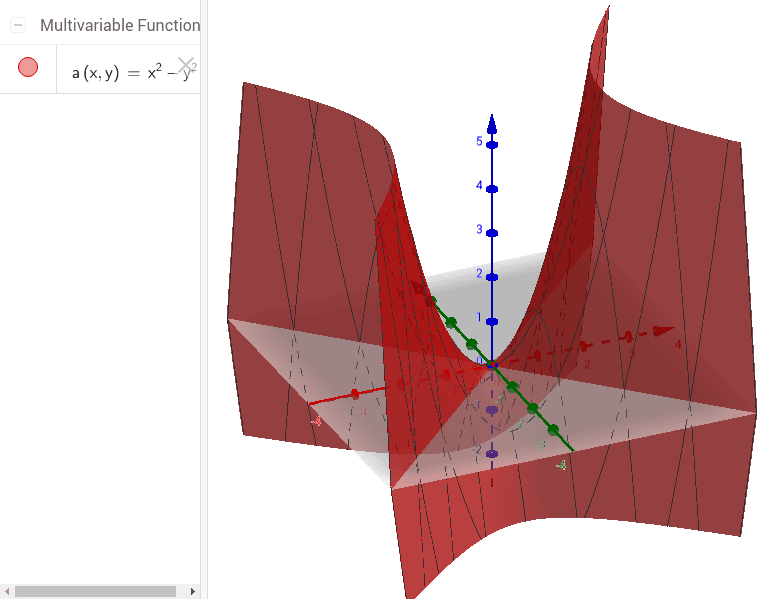



Graph Of F X 2 Y 2 Geogebra
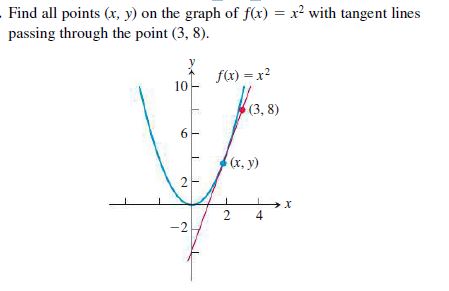



Answered Find All Points X Y On The Graph Of Bartleby
Function F(x;y) = x 2y2 at height 1" That is, we mean the set f(x;y) 2R2 jx y2 = 1g Note Every graph is a level set (why?) But not every level set is a graph Graphs must pass the vertical line test (Level sets may or may not) Surfaces in R3 Graphs vs Level Sets Graphs (z= f(x;y)) The graph of f R2!R is f(x;y;z) 2R3 jz= f(x;y)gAnswers Click here to see ALL problems on Graphs Question Sketch the graph of f (x)=x^2x6 include all intercepts and the vertex Answer by ankor@dixienetcom () ( Show Source ) You can put this solution on YOUR website!Steps for Solving Linear Equation y = f ( x ) = 2 ( x 1 ) y = f ( x) = 2 ( x 1) Use the distributive property to multiply 2 by x1 Use the distributive property to multiply 2 by x 1 y=2x2 y = 2 x 2 Swap sides so that all variable terms are on the left hand side



12 2 Graphs Of Functions Of Two Variables Visualizing A Flip Ebook Pages 1 16 Anyflip Anyflip



A The Graph Of F X Y X 2 Y 2 The Point 0 0 Is A Download Scientific Diagram
Curves in R2 Three descriptions (1) Graph of a function f R !R (That is y= f(x)) Such curves must pass the vertical line test Example When we talk about the \curve" y= x2, we actually mean to say the graph of the function f(x) = x2That is, we mean the setThe graph of the function EXERCISE 7 f (x, y) = x 2 y 2 is the cone z = x 2 y 2 Find the equation of the tangent plane at the point (3, − 4, 5) Show that the tangent plane at any point on the cone in Exercise 1 passes through the EXERCISE 8 originThe graphs of \(y = f (x)\) and \(y = g(x)\) are said to be translations (or shifts) of the graph of \(y = x^2\text{}\) They are shifted to a different location in the plane but retain the same size and shape as the original graph In general, we have the following principles Vertical Shifts



Graph Of X Y
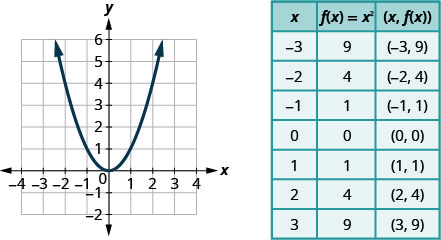



Graph Quadratic Functions Using Properties Intermediate Algebra
Graph 1 4 = Use the graph of y = f(x) to determine which of the following graphs is the graph of y = f(3x) and (ii) y = {f(x) = This problem has been solved! Its graph is shown below From the side view, it appears that the minimum value of this function is around 500 A level curve of a function f (x,y) is a set of points (x,y) in the plane such that f (x,y)=c for a fixed value c Example 5 The level curves of f (x,y) = x 2 y 2 are curves of the form x 2 y 2 =c for different choices of cDescription Function Grapher is a full featured Graphing Utility that supports graphing up to 5 functions together You can also save your work as a URL (website link) Usage To plot a function just type it into the function box
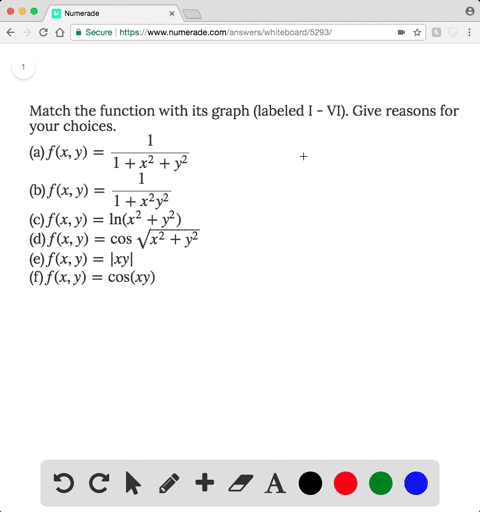



Solved Match The Function With Its Graph Labeled I Vi Give Reasons For Your Choices A F X Y Dfrac 1 1 X 2 Y 2 B F X Y Dfrac 1 1 X 2y 2 C




14 1 Functions Of Several Variables Mathematics Libretexts
Sketch the graph of y = f (x 2) 1, where f (x) = x 2 for 2 < X < 2 Question Sketch the graph of y = f (x 2) 1, where f (x) = x 2 for 2 < X < 2 check_circleLet us start with a function, in this case it is f(x) = x 2, but it could be anything f(x) = x 2 Here are some simple things we can do to move or scale it on the graph We can move it up or down by adding a constant to the yvalue g(x) = x 2 C Note to move the line down, we use a negative value for C C > 0 moves it up;Graph a quadratic function using transformations
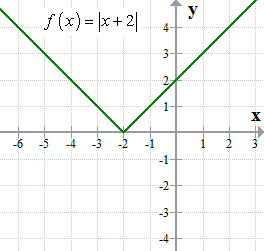



Inverse Of Absolute Value Function Chilimath
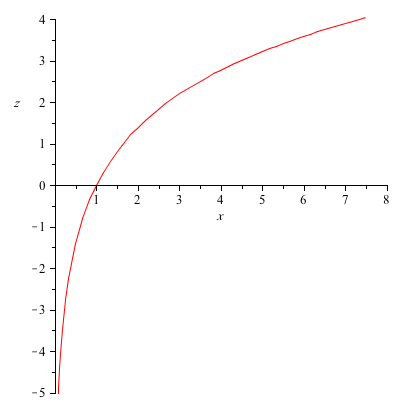



How Do You Sketch F X Y Ln X 2 Y 2 Socratic
Extended Keyboard Examples Upload Random Compute answers using Wolfram's breakthrough technology & knowledgebase, relied on by millions of students & professionals For math, science, nutrition, history, geography, engineering, mathematics, linguistics, sports, finance, musicExample Use transformations to graph f(x) = 3x 2 Start with a basic function and use one transformation at a time Show all intermediate graphs This function is obtained from the graph of y = 3x by first reflecting it about yaxis (obtaining y =The graph of y = f (x) is the graph of y = f (x) reflected about the yaxis Here is a picture of the graph of g(x) =(05x)31 It is obtained from the graph of f(x) = 05x31 by reflecting it in the yaxis Summary of Transformations To graph Draw the graph of f and Changes in the equation of y = f(x) Vertical Shifts y = f (x) c




Functions Of 2 Variables



Z Xy Graph
O A OB O C X X f Sketch the graph of F (x,y) = V1 x2 y2 State the domain and range of the functionI→ f(1)=0 II → f(2)= 0 III → f(1) = 0 IV → f(0) = 4 O A) II and IV are true the others are wrong OB) all of them are true C) I and IV are true the others are wrong OD) all of them are wrong O E) I and II are true the others are wrongFind stepbystep Calculus solutions and your answer to the following textbook question Suppose the line tangent to the graph of f x=2 is y=4x1 and suppose y=3x2 is the line tangent to the graph of g at x=2 Find an equation of the line tangent to the following curves at x=2 a y=f(x)g(x), b y=$\frac { f ( x ) } { g ( x ) }$
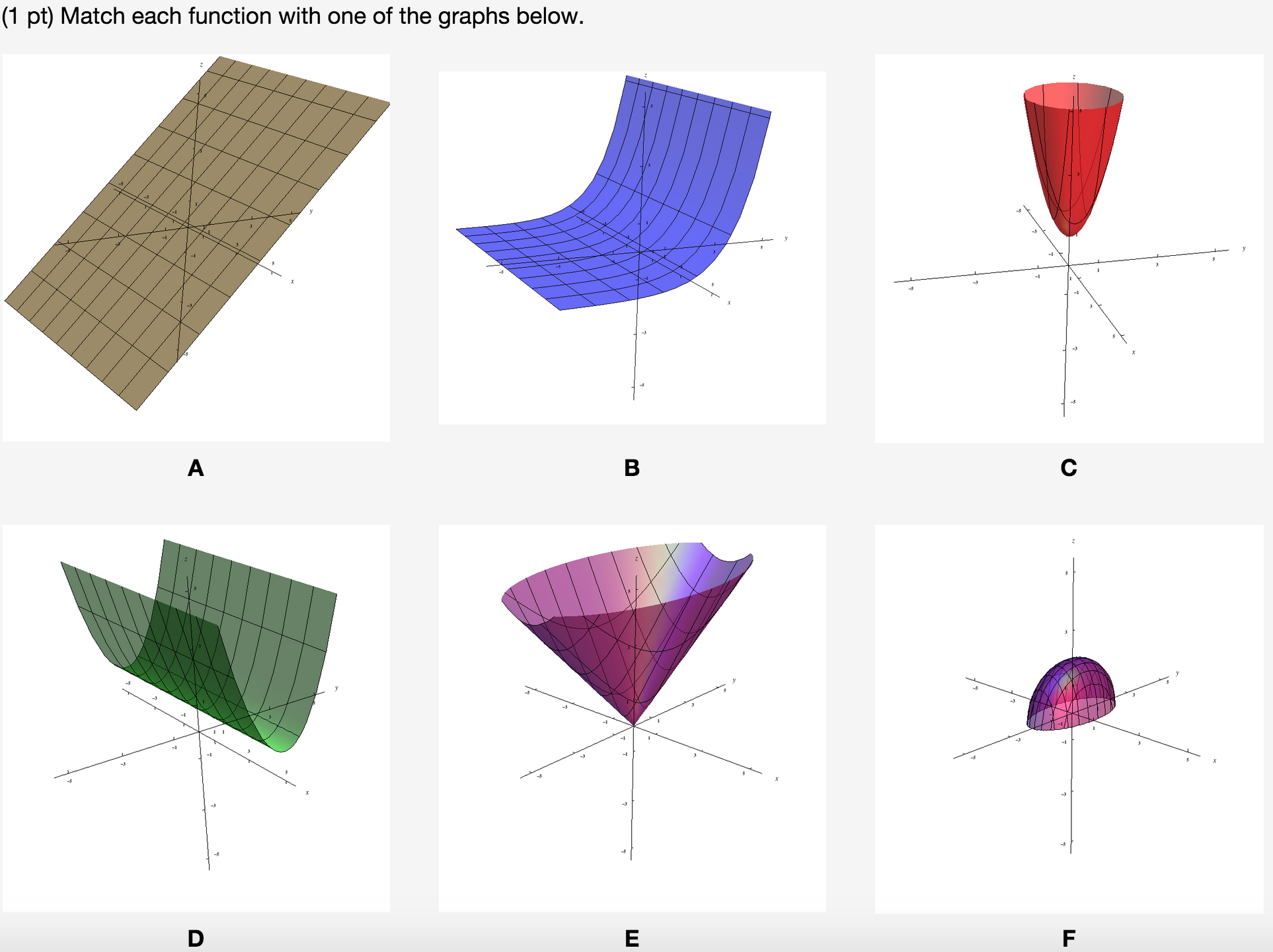



Solved Match Each Function With One Of The Graphs Below 1 Chegg Com



Quadratics Graphing Parabolas Sparknotes
Question from Allison, a parent Graph f(x)=x^24 and give the five point of the x/y interceptsYou're just making each point twice as far from the yaxis Try graphing a·f(x) for various values of aTo graph y = 2·f(x), you need to find the point (x,f(x)) and then multiply the ycoordinate by 2 Again, there's no weird "dragging back" that you have to do;



A Function For Which Fxy Fyx Graph Of The Function Given By F X Y X3y Xy3 X2 Y2 For X Y 0 0 And F 0 0 0 Graph Of Fx Note That The Slope In The Y Direction Through The Center Of The Graph Appears To Be Negative It Can Indeed Be Verified That Fxy 0



2
Thus, "x 2 y 2" is written "x*x y*y" or "x^2 y^2" 2 For example, f(x,y) = x 2 y 2 will be graphed as in the image below 3 You may wish to save the graph image as a file on your PC it will use about 35 KBY = f(x) 1 2 23 The graph of the y=f(x) function is given above which following ones are true?Answer (1 of 2) first draw y = x^2 then for y=x^2 invert it about x axis then for y=ex^2 shift the graph above the x axis for length e(2718)
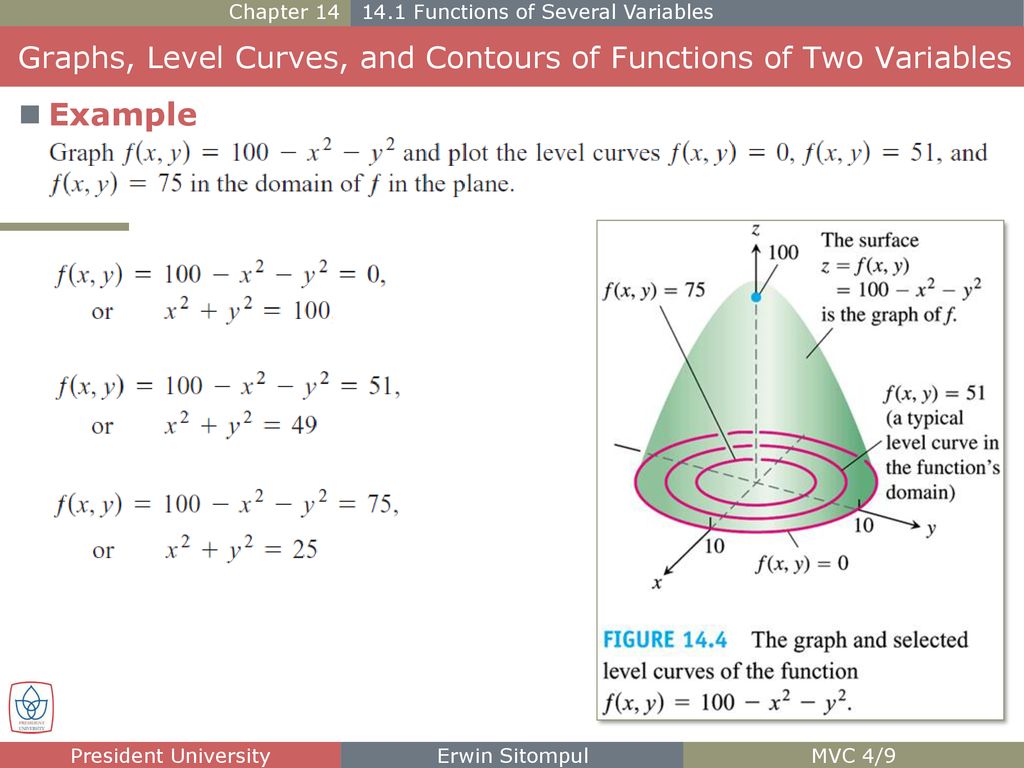



Chapter 14 Partial Derivatives Chapter 14 Partial Derivatives Ppt Download
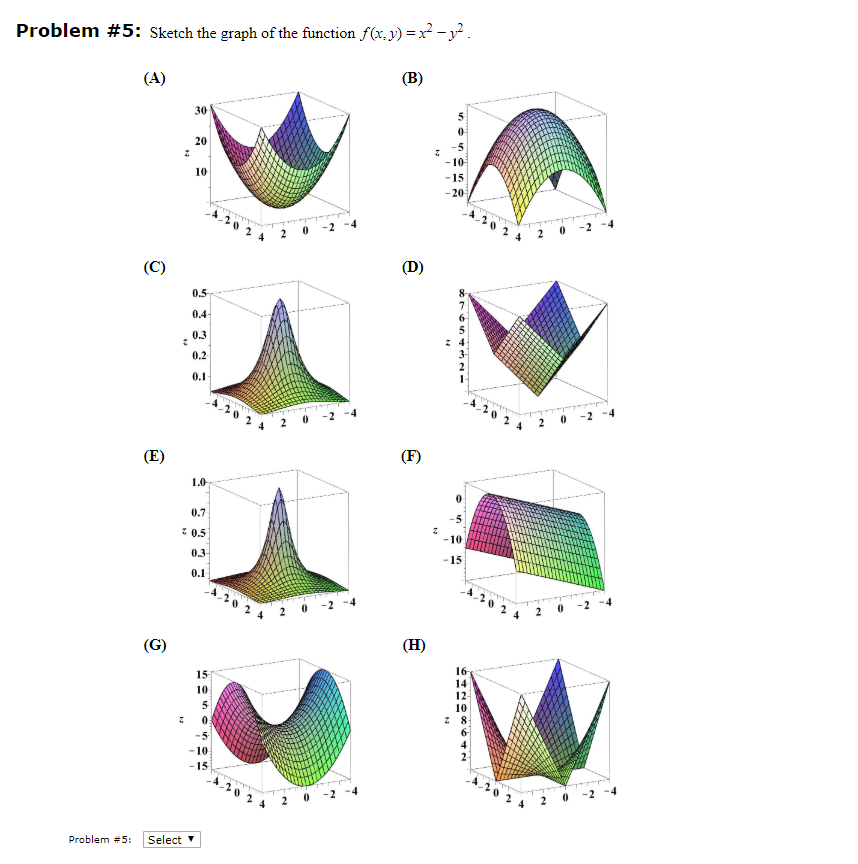



Solved Problem 5 Sketch The Graph Of The Function F X Y Chegg Com
Image transcriptions SOLUTION Given f ( 1 ) = 2 secn and h ( * ) = 24 A ( foh ) ( * ) = f (h(x) ) Replace "( by h(x) in f (* ) ( fob ) ( * ) = 2 sec ( h (x )) Put h (= ) = 2x1 ( foh ) ( 41 ) = 2 sec ( 24 A Hence, the graph to be plotted is y = ( f oh ) ( x ) = y = 2 sec ( 2 4 7 By observing the given options, we can conclude that The graph of y = ( toh ) ( x ) = 2 sec ( 24 1 is• The graph of f(x)=x2 is a graph that we know how to draw It's drawn on page 59 We can use this graph that we know and the chart above to draw f(x)2, f(x) 2, 2f(x), 1 2f(x), and f(x) Or to write the previous five functions without the name of the function f,The graph of a function f(x,y) with domain D is a collection of points (x,y,z) in space such that z = f(x,y), (x,y) ∈ D The domain D is a set of points in the xy plane The graph is then obtained by moving each point of D parallel to the z axis by an amount




Graphs Of A Function Of 2 Variables Simple Cases




Evaluate A Double Integral Over A General Region F X Y Xy 2 Youtube
C < 0 moves it downAnswer (1 of 3) y=xx y=x if x∈0,1) y=x1 if x∈1,2) y=x2 if x∈2,3) all are straight lines which bounded in certain domain so, i hope u can draw it now Hello, Let mathcal(S) the surface of equation z = ln(x^2y^2) it's the graph of your function f Remark that mathcal(S) is a revolution surface, because f(x,y) = g(r) where r = sqrt(x^2y^2) is the polar radius Actually, g(r) = ln(r^2) = 2 ln(r) So, graph the curve of equation z = 2ln(x) in the xOz plane
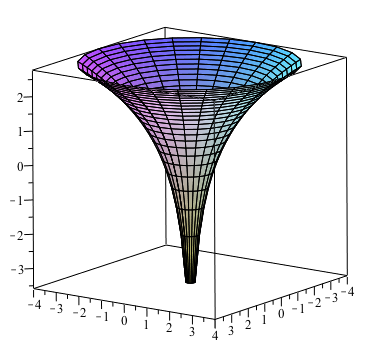



How Do You Sketch F X Y Ln X 2 Y 2 Socratic



Lesson Finding Inverse
When I think of y=f(x), i Think of y = f(x)= 1, x = 1, x =2, then y =f(x) =2, x =3, then y= f(x)=3, and so on Hi John, I find it helps sometimes to think of a function as a machine, one where you give a number as input to the machine and receive a number as the outputOnly the values for y were affected when we stretched f(x) vertically Which statement best describes how the graph of y = f (x 2) 3 is a transformation of the graph of the original function f?is a shift of the graph of f 2 units to the left and 3 units downis a shift of the graph of f 2 units to the right and 3 units downis a shift of the graph of f 3 units to the right and 2 units up




Graphs And Level Curves




Reflections Of A Graph Topics In Precalculus
Since f(−x) = e− (− x) 2 2 = e− 2 = f(x) and lim x→±∞ e− (−x)2 2 = 0, the graph is symmetry wrt the yaxis, and the xaxis is a horizontal asymptote • Wehave f0(x) = e−x 2 2 (−x) = −xe− x2 2 • Thus f ↑ on (−∞,0) and ↓ on (0,∞) • Atx = 0, f 0(x) = 0 Thus f(0) = e = 1 is the (only) local and absolute maximum
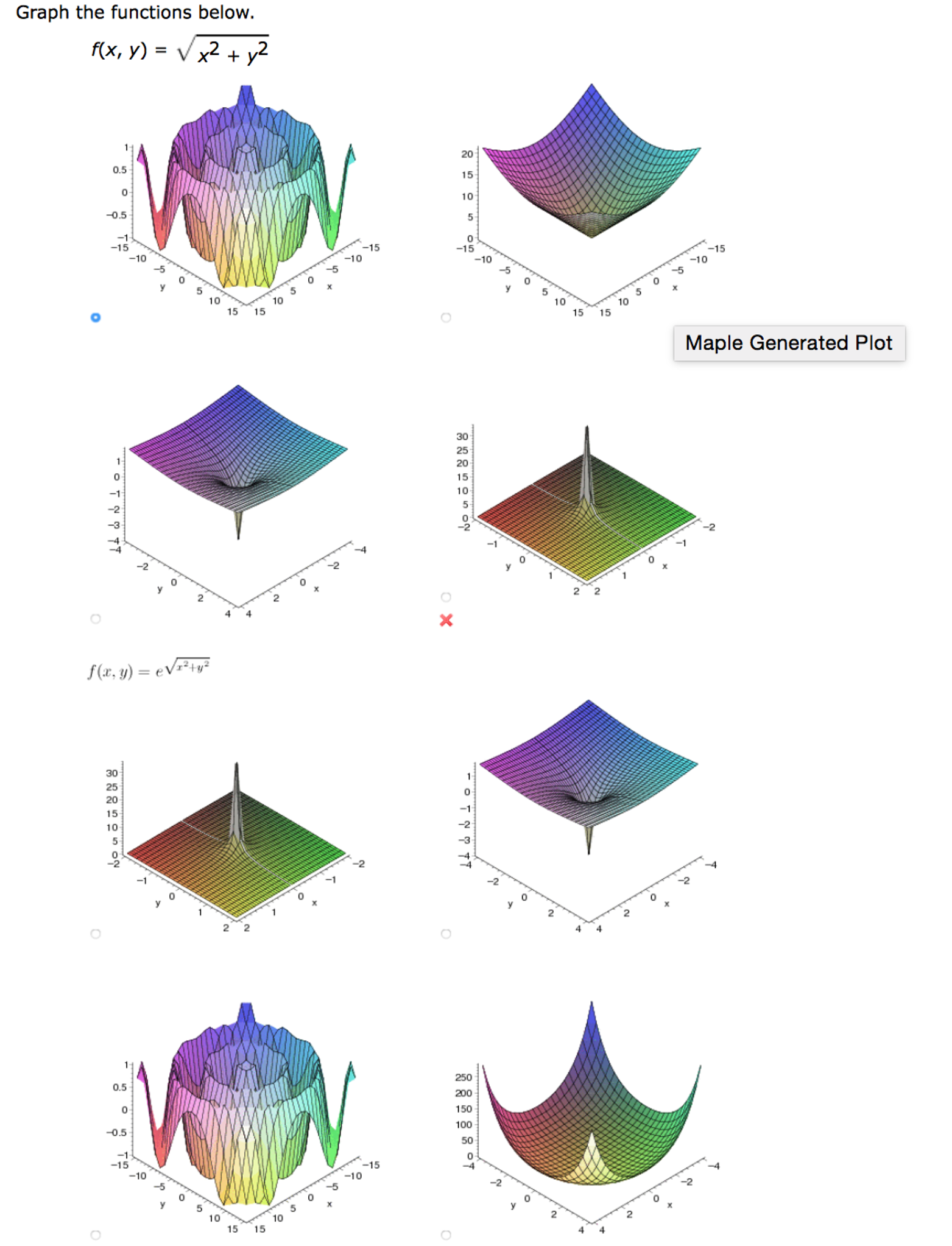



Solved Graph The Functions Below F X Y Squareroot X 2 Chegg Com
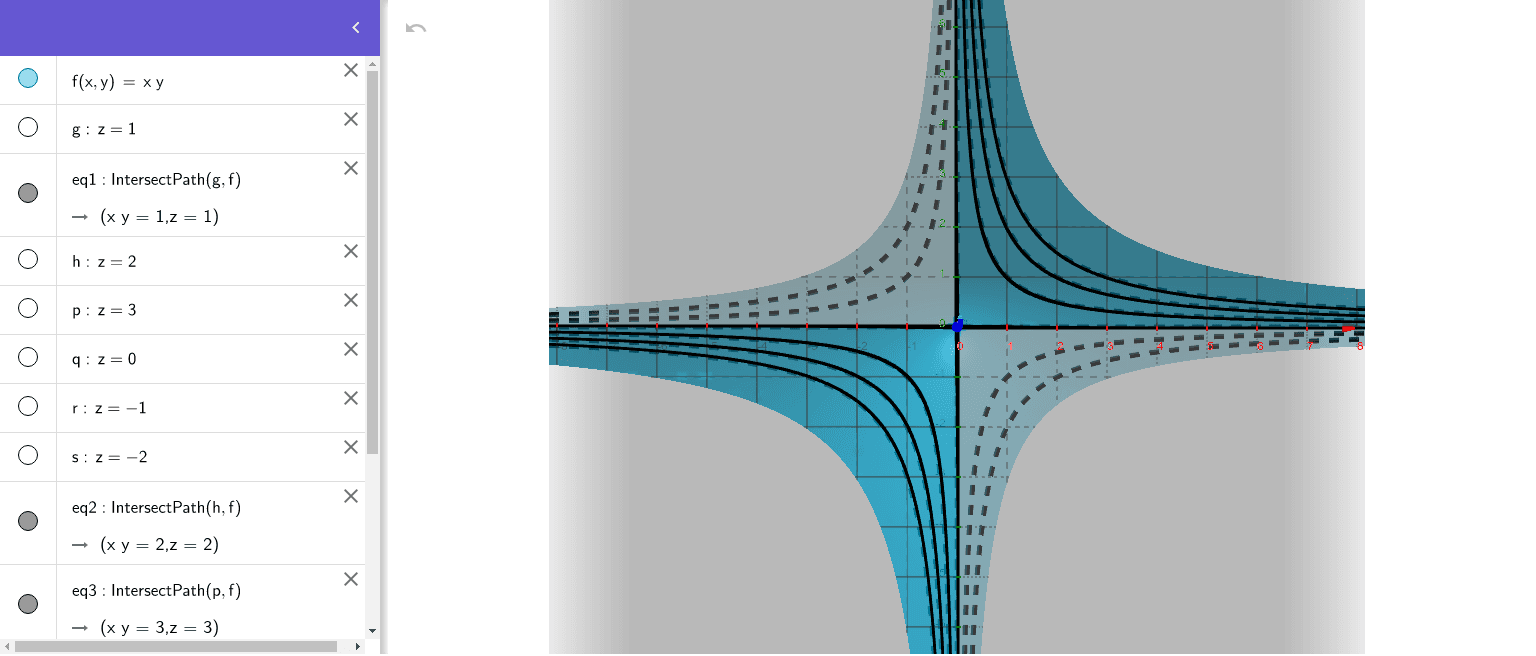



F X Y Xy Geogebra
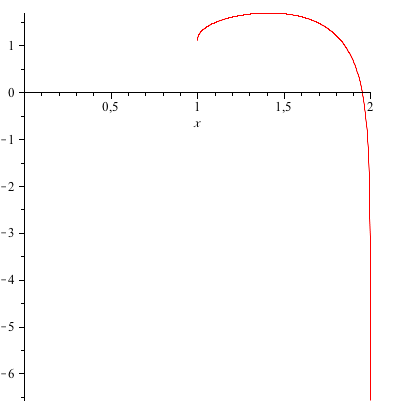



How Do You Graph F X Y Sqrt X 2 Y 2 1 Ln 4 X 2 Y 2 Socratic




Solved Sketch The Graph Of The Function F X Y Root Chegg Com



File F X Y Cosx 2 Cosy 2 2 Png Wikipedia




Contour Map Of F X Y 1 X 2 Y 2 Youtube




3 7 Graphs Of Functions Mathematics Libretexts



Operations On Functions Translations Sparknotes



Graphing Quadratic Functions



F X Y X 2 Y 2



2




Graphs And Level Curves
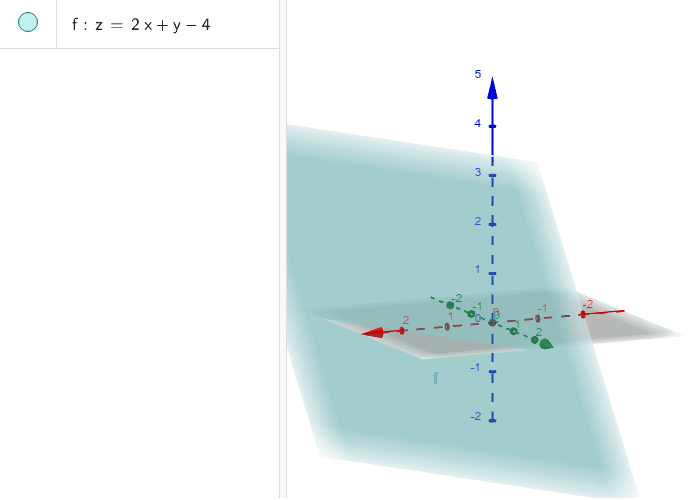



Graph Of Z F X Y 2x Y 4 Geogebra
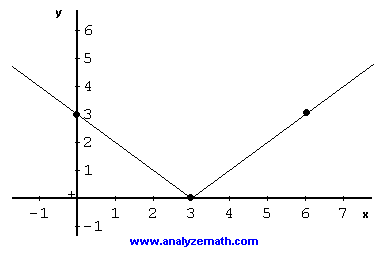



Graphing Square Root Functions




Transforming Graphs Of Functions Ppt Download
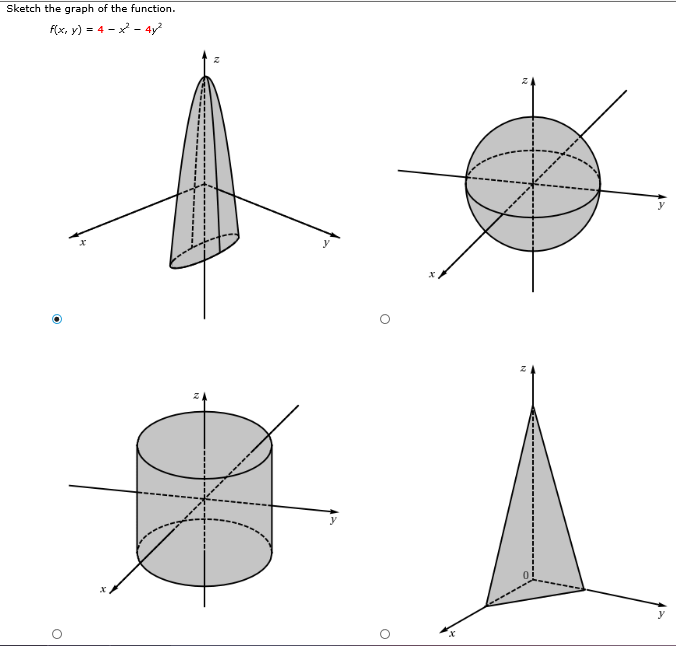



Solved Sketch The Graph Of The Function F X Y 4 X 2 Chegg Com




Ch1 Graphs Y Axis X Axis Quadrant I Quadrant Ii Quadrant Iii Quadrant Iv Origin 0 0 6 3 5 2 When Distinct Ppt Download



Algebra 1 State Test Practice Algebra House




Graphing Shifted Functions Video Khan Academy




If F X Y 9 X 2 Y 2 If X 2 Y 2 Leq9 And F X Y 0 If X 2 Y 2 9 Study What Happens At 3 0 Mathematics Stack Exchange




Read Transform Linear Functions Intermediate Algebra




Matlab Tutorial




Graphing 3d Graphing X 2 Y 2 Z 2 Intro To Graphing 3d Youtube
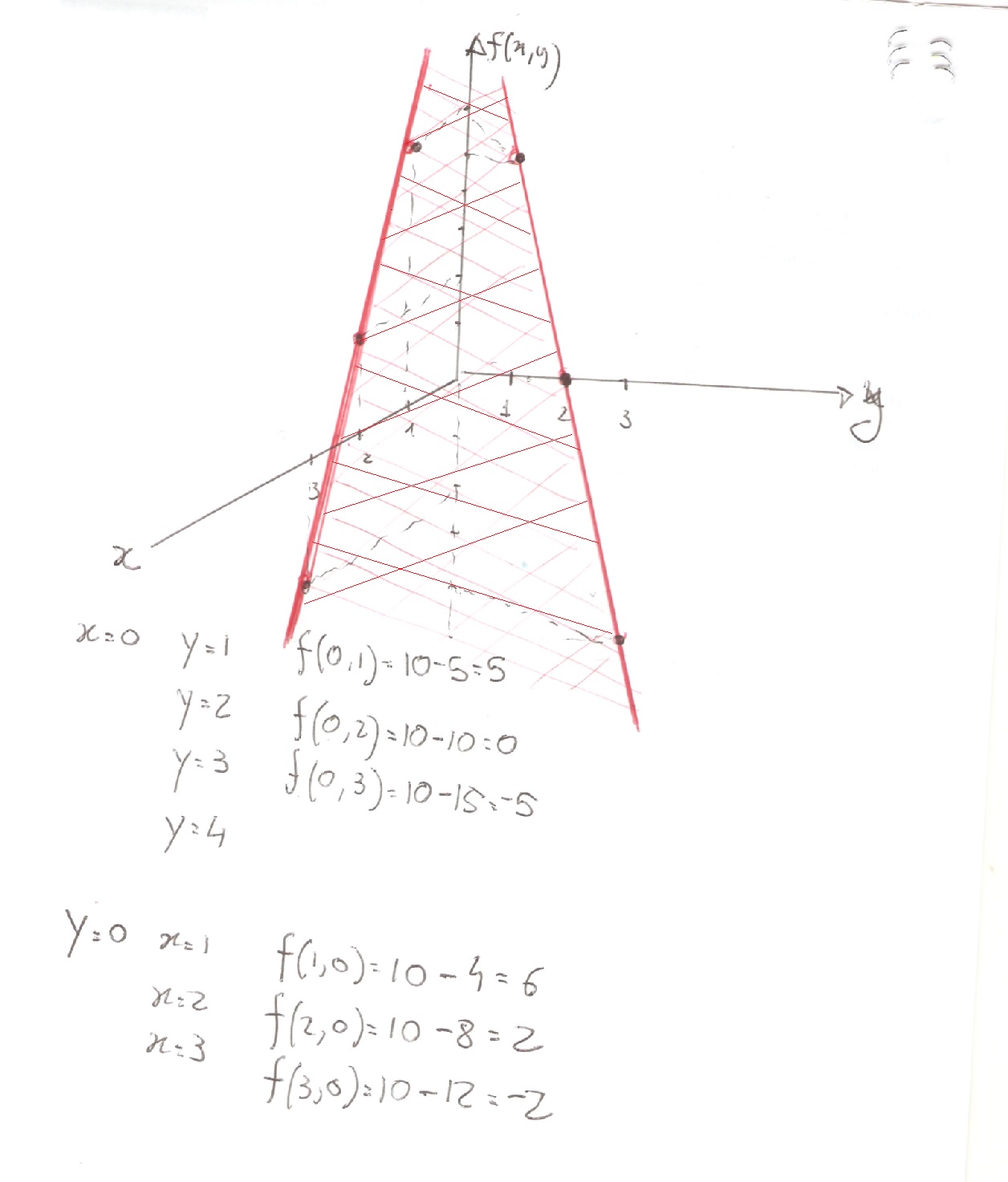



How Do You Graph F X Y 10 4x 5y Socratic



0 3 Visualizing Functions Of Several Variables
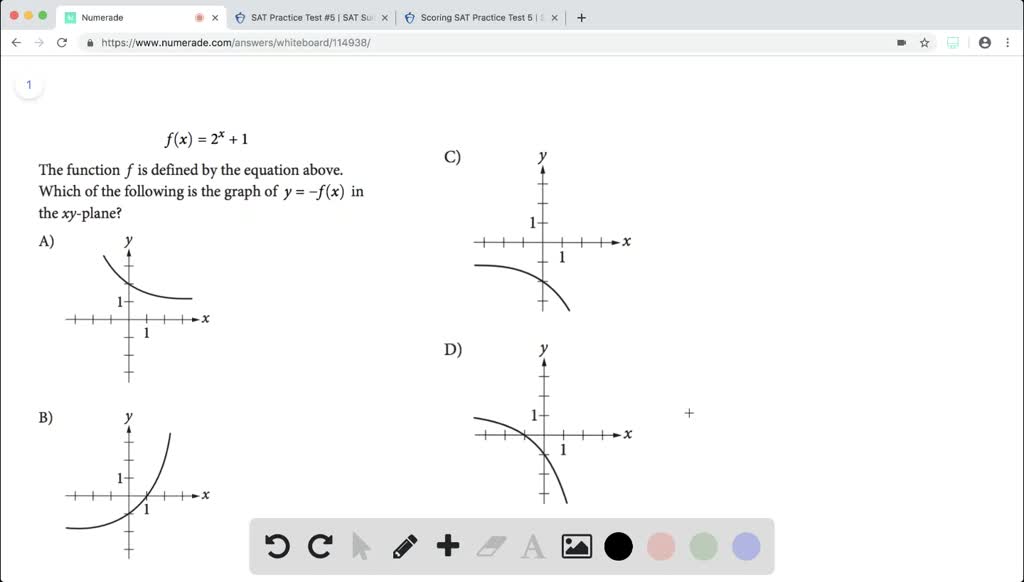



Solved F X 2 X 1 The Function F Is Defined By The Equation Above Which Of The Following Is The Graph Of Y F X In The X Y Plane




Graph And Contour Plots Of Functions Of Two Variables Wolfram Demonstrations Project




Transforming Graphs Of Functions Brilliant Math Science Wiki



Operations On Functions Translations Sparknotes




Graph Of The Function F 1 3 1 3 2 0 For The Form F X Y Download Scientific Diagram
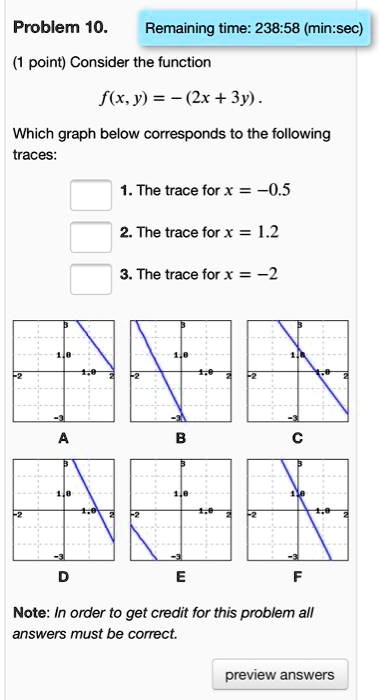



Solved Problem 10 Remaining Time 238 58 Min Sec Point Consider The Function F Xy 2x 3y Which Graph Below Corresponds To The Following Traces 1 The Trace For 4 05 2
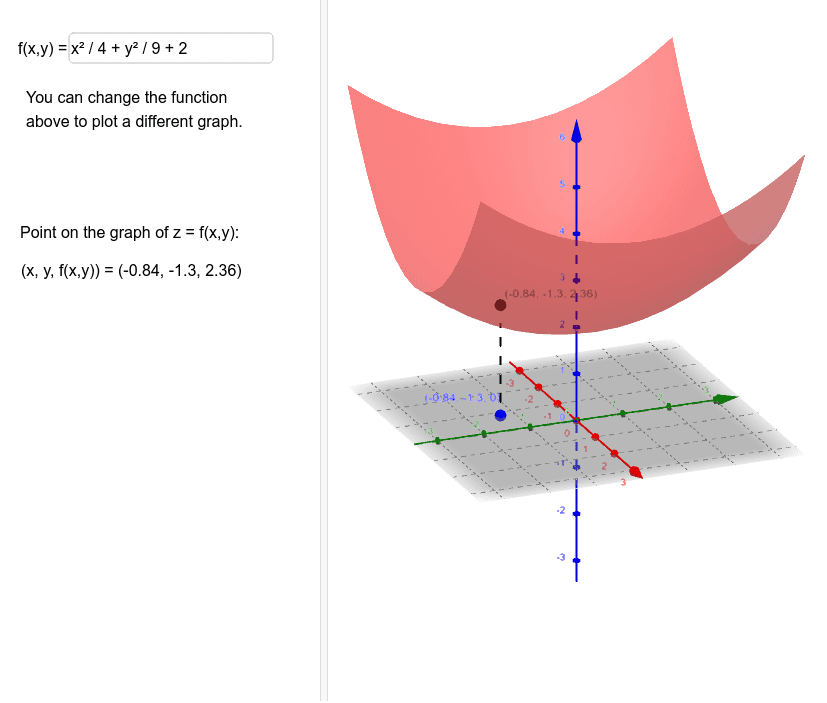



Graph Of Z F X Y Geogebra




Example 13 Define Function Y F X X 2 Complete The Table



2



Graph Of A Function In 3d




Plot The Graph Of The Function F X Y 1 2x 2 2y 2 Study Com
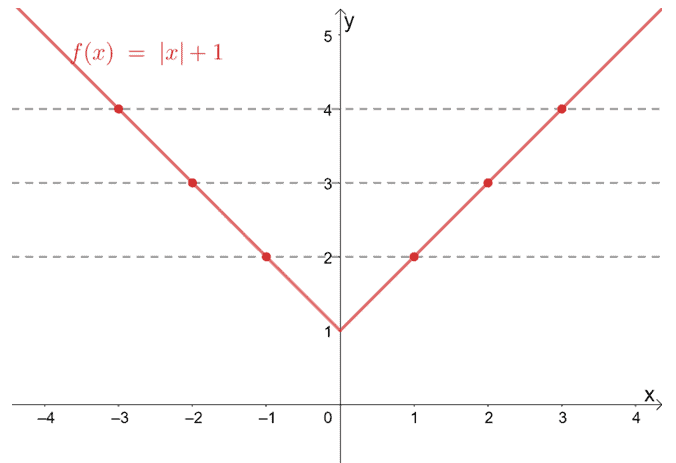



One To One Function Explanation Examples




If X X1 X2 Represents A Point In A Subset A Of Rn And F X Is Exactly One Point In Rm Then We Say That F




Let F X Y Sqrt 100 X 2 Y 2 A Sketch The Domain And The Level Sets In One Graph B Find The Gradient At The Point 2 3 C Find The Limit
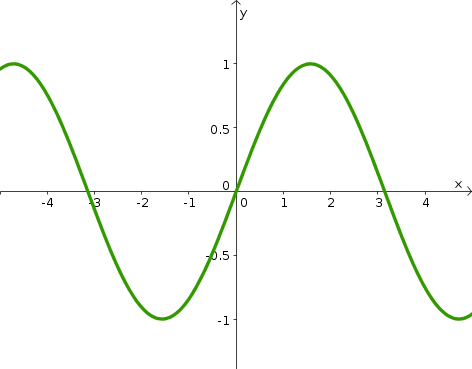



Surfaces As Graphs Of Functions Math Insight
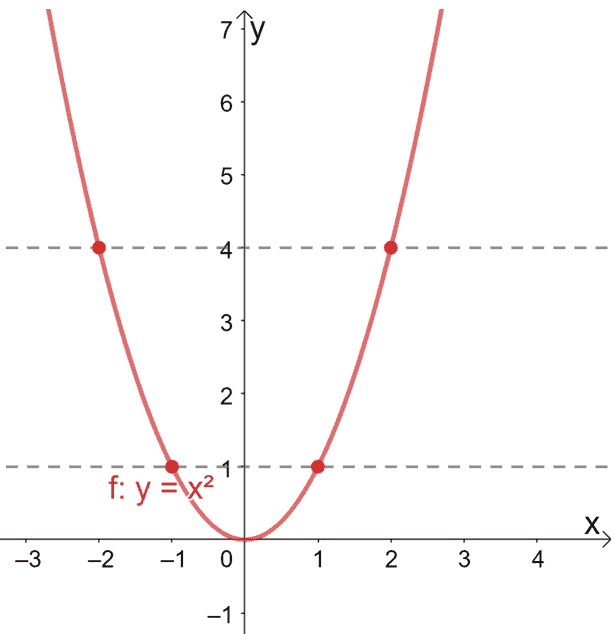



One To One Function Explanation Examples
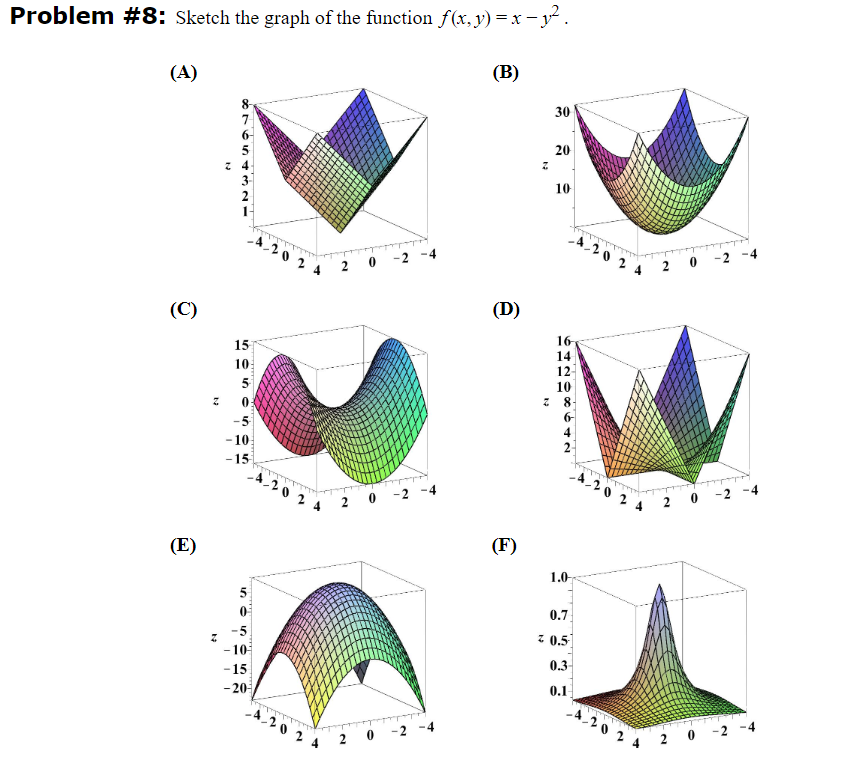



Solved Problem 8 Sketch The Graph Of The Function F X Y Chegg Com



21 Graph Of The Function F X Y 2xy C X 2 Y 2 C Used For L And Download Scientific Diagram




Graph Of The Function F 1 3 1 3 2 0 For The Form F X Y Xy Download Scientific Diagram
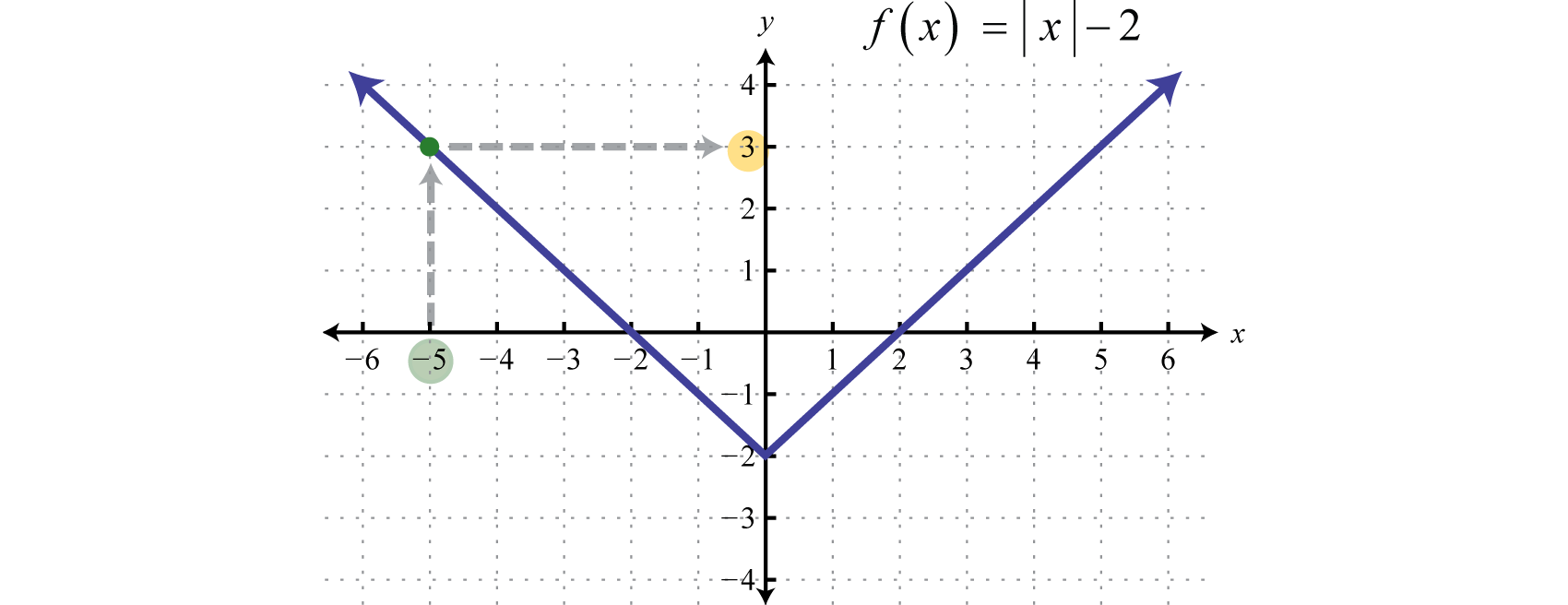



Relations Graphs And Functions
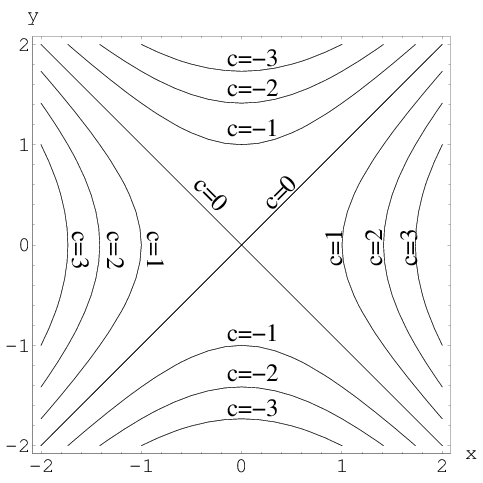



Level Set Examples Math Insight



Graph Of A Function Wikipedia



Math Scene Equations Iii Lesson 3 Quadratic Equations




Cross Sections Of Graphs Of Functions Of Two Variables Wolfram Demonstrations Project




Calculus Iii Lagrange Multipliers
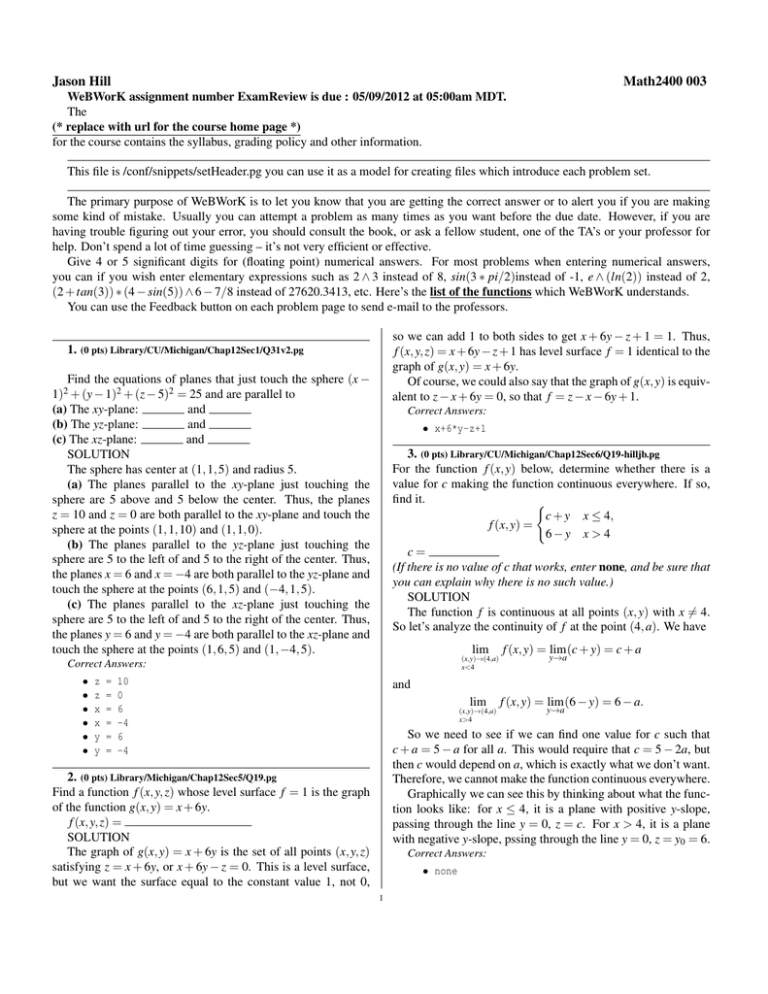



Webwork Exam Review Solutions



What Is The Graph Of X 2 Y 3 X 2 2 1 Quora




Reflecting Functions Examples Video Khan Academy




A Graph F X Y 9 X 2 Y 2 B Find The Normal Vector To The Tangent Plane For 2 1 Study Com
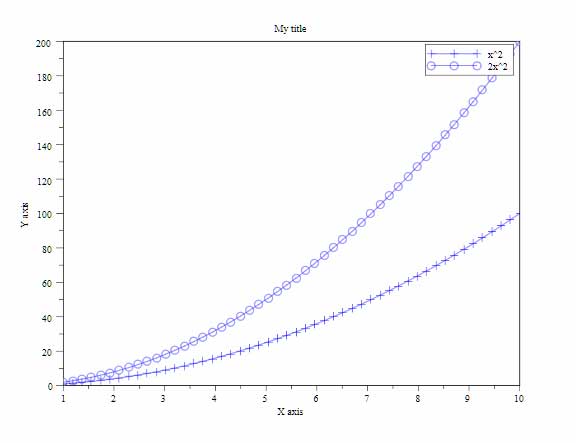



Plotting Www Scilab Org



12 2 Graphs Of Functions Of Two Variables Visualizing A Flip Ebook Pages 1 16 Anyflip Anyflip




Find And Sketch The Domain Of The Function F X Y Frac Ln X 2 Y 2 4 Sqrt 4 X 2 Sqrt 4 Y 2 Study Com
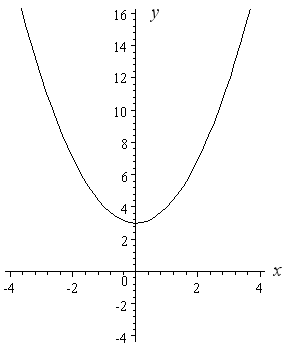



How To Draw Y 2 X 2 Interactive Mathematics



Graph Domain And Range Of Absolute Value Functions
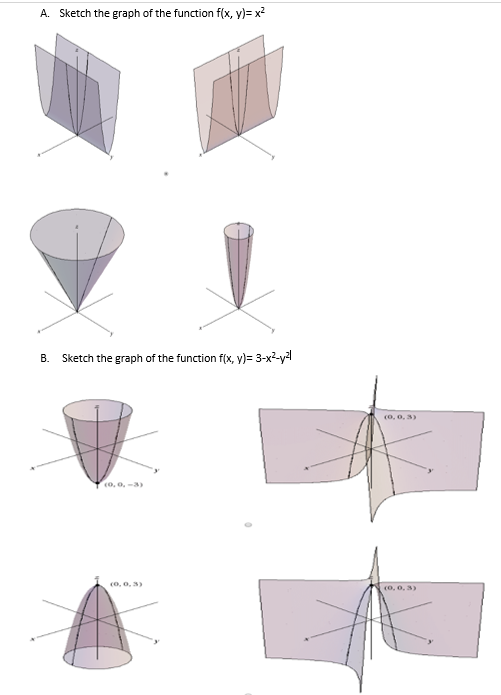



Solved A Sketch The Graph Of The Function F X Y X2 B Chegg Com




Sketch The Graph Of F X Y Sqrt 1 X 2 Y 2 State The Domain And Range Of The Function Study Com
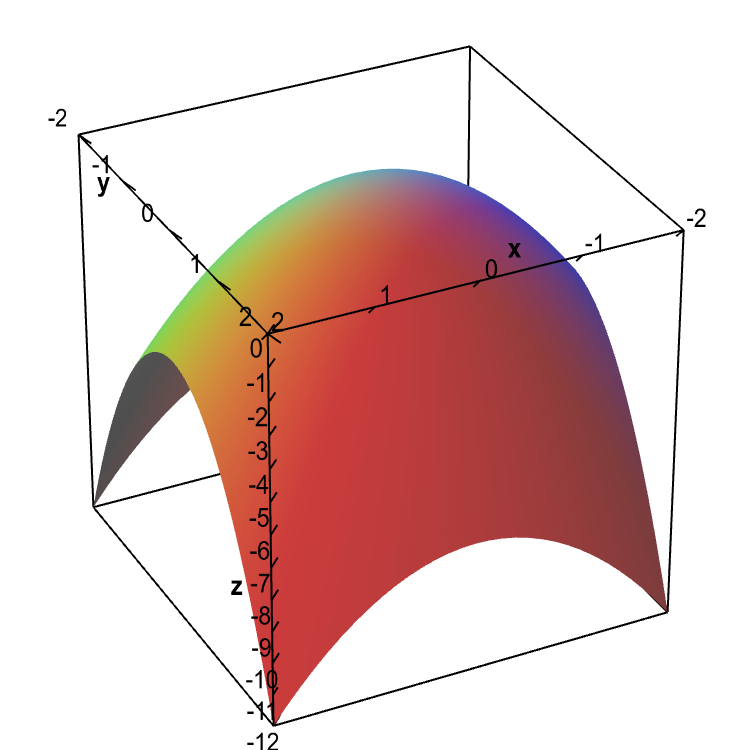



Level Sets Math Insight



Relief Functions And Level Curves




Graphs And Level Curves



Wykresy
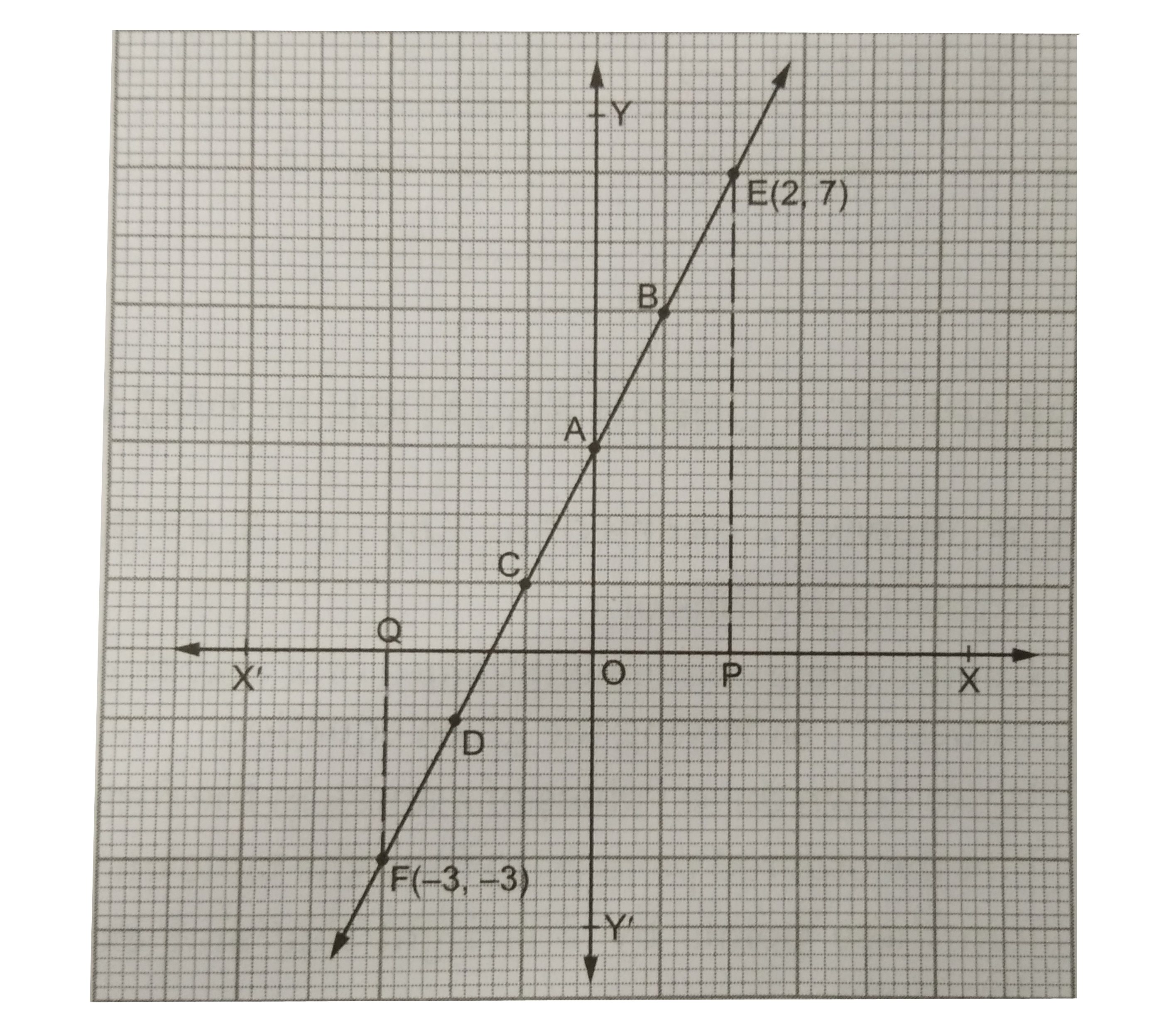



Draw The Graph Of The Equation 2x Y 3 0 Using The Graph Find The Value Of Y When A X 2 B X 3



What Are The Extrema And Saddle Points Of F X Y X 2 Xy Y 2 Y Socratic



2
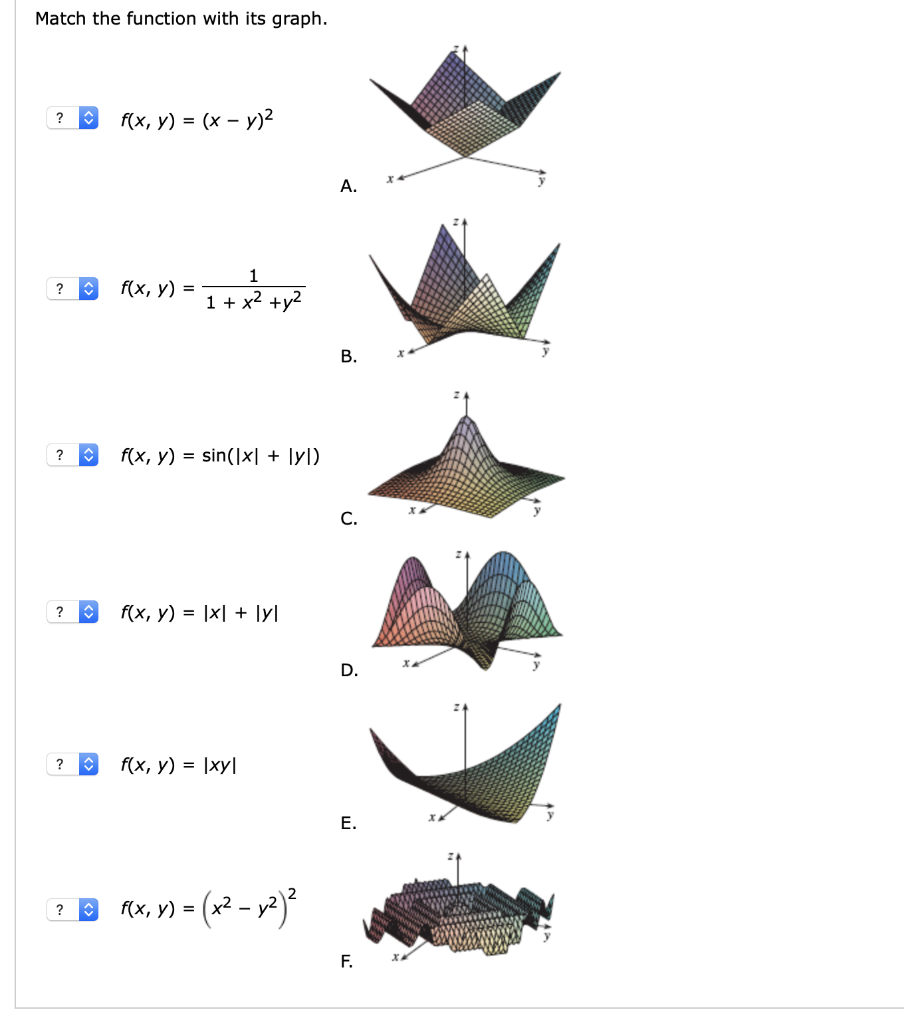



Solved Match The Function With Its Graph F X Y X Chegg Com
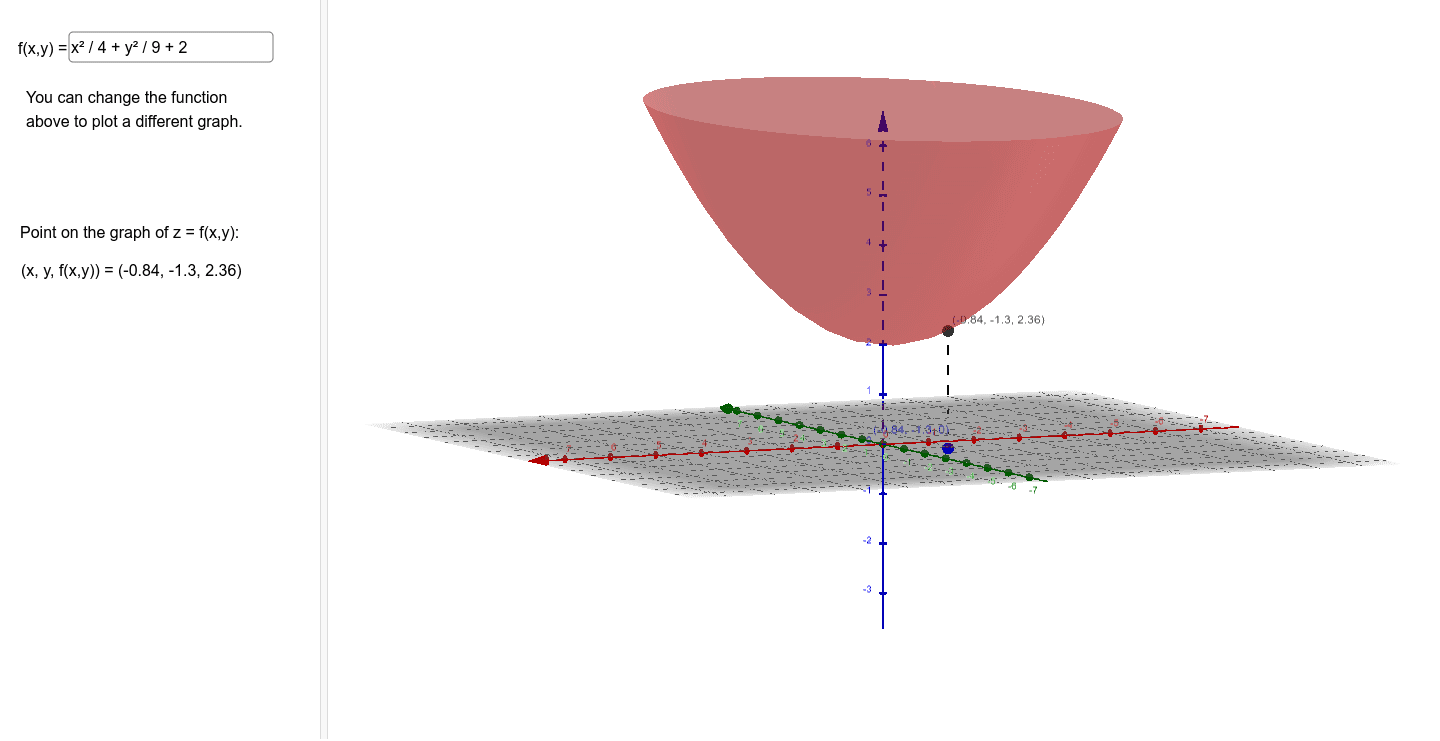



Graph Of Z F X Y Geogebra




The Function F X X 2 2x 6 Is Graphed In The Xy Coordinate Plane As Shown Below Based On The Graph Brainly Com



1




File 3d Graph X2 Xy Y2 Png Wikimedia Commons




Matlab Tutorial
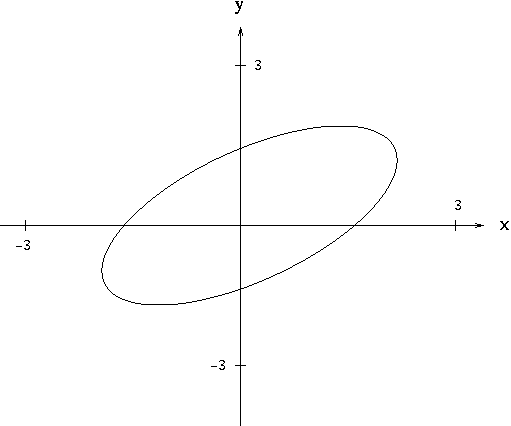



Implicit Differentiation




Find The Area Of The Region X Y X 2 Y 2 8 X 2 2y




How To Find The Graphs Of The Following Multi Variable Functions F X Y Ln 1 Xy And F X Y Frac Y E X Mathematics Stack Exchange
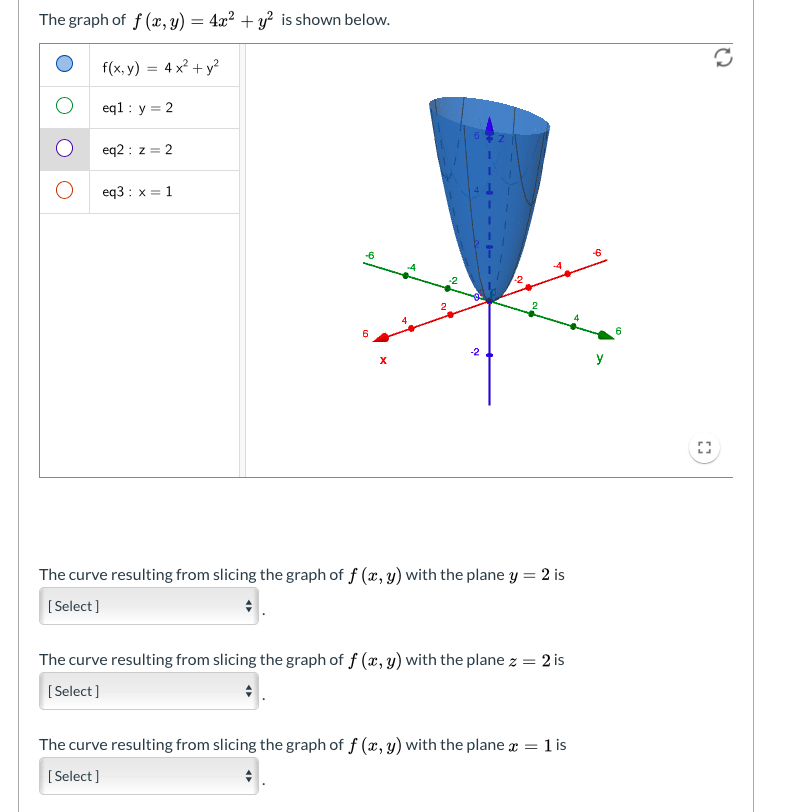



Solved The Graph Of F X Y 4 X2 Y2 Is Shown Below Chegg Com


